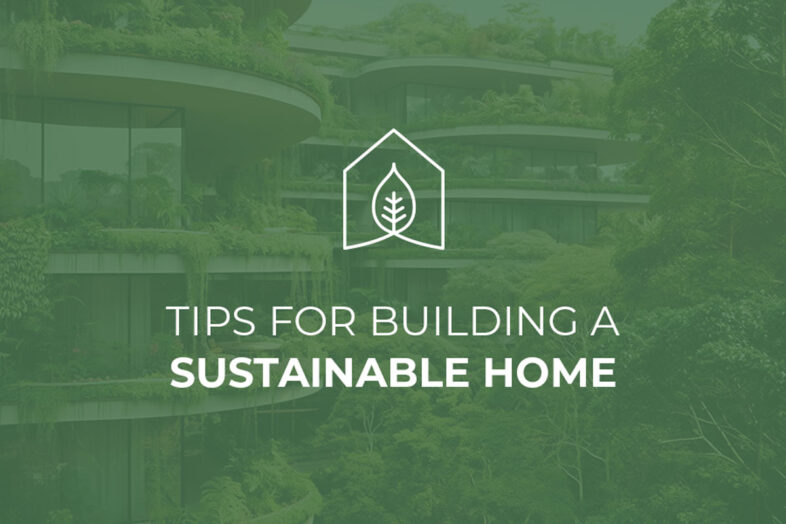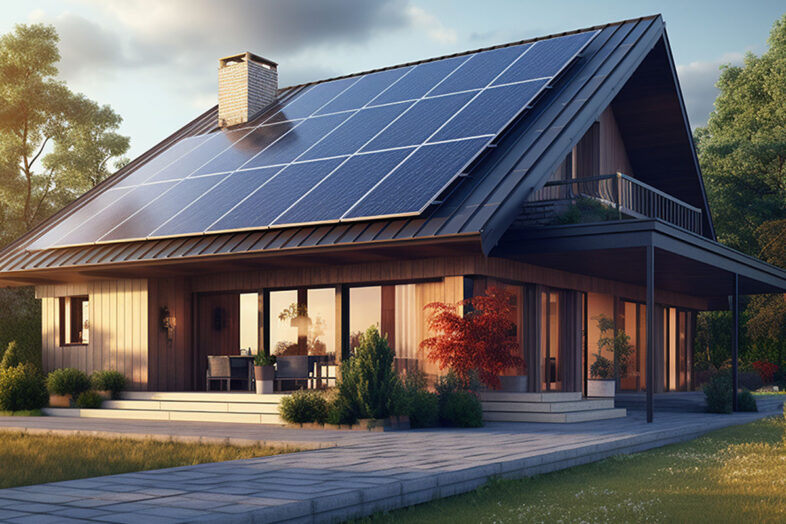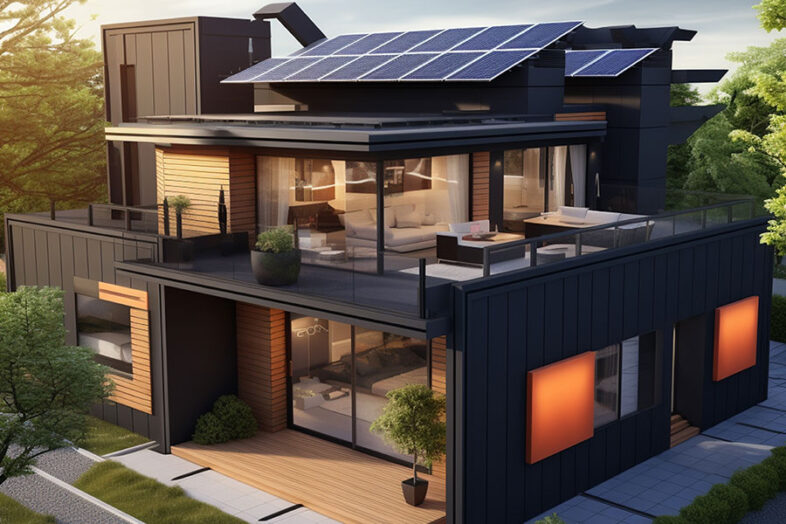- November 29, 2023
- 354
- Eco News
Building a sustainable home is a project that yields improved energy efficiency and functionality. Completing this project is a commitment that has a great outcome and that involves research and diligence. Even the most basic green measures can make a huge difference in how many resources your house consumes. Here are five tips to keep in mind as you plan your sustainable home.
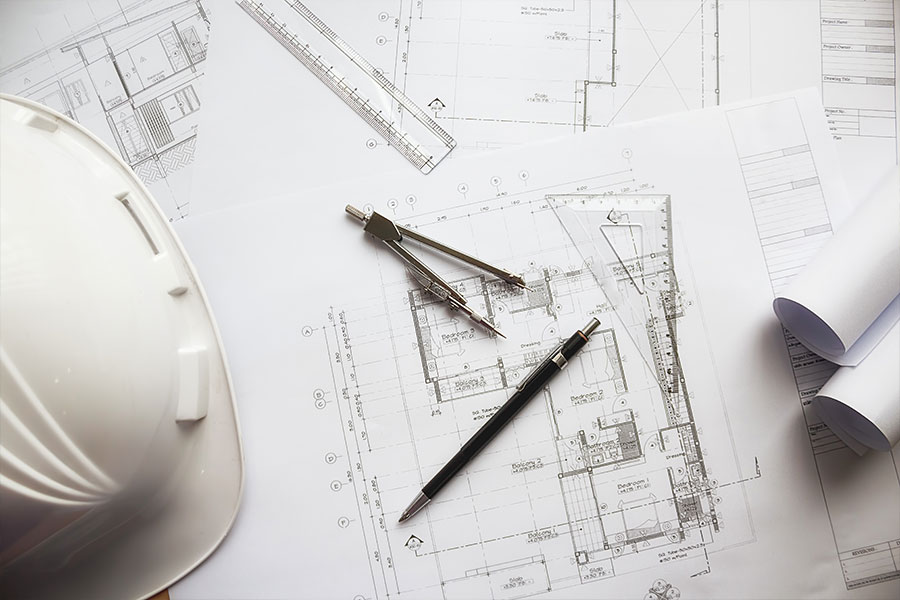
Build only the space you will use
In order to save money on the immediate and future costs of the project, as well as saving resources, you should limit the space that you will build. Aside from the savings linked with building a smaller space, there will be long-term savings in heating and cooling. When developing the plan for your sustainable home, think about the extra rooms you want to build and if they are going to be used regularly. If they were meant for occasional guests or special parties, you may want to avoid the construction of the extra square footage.
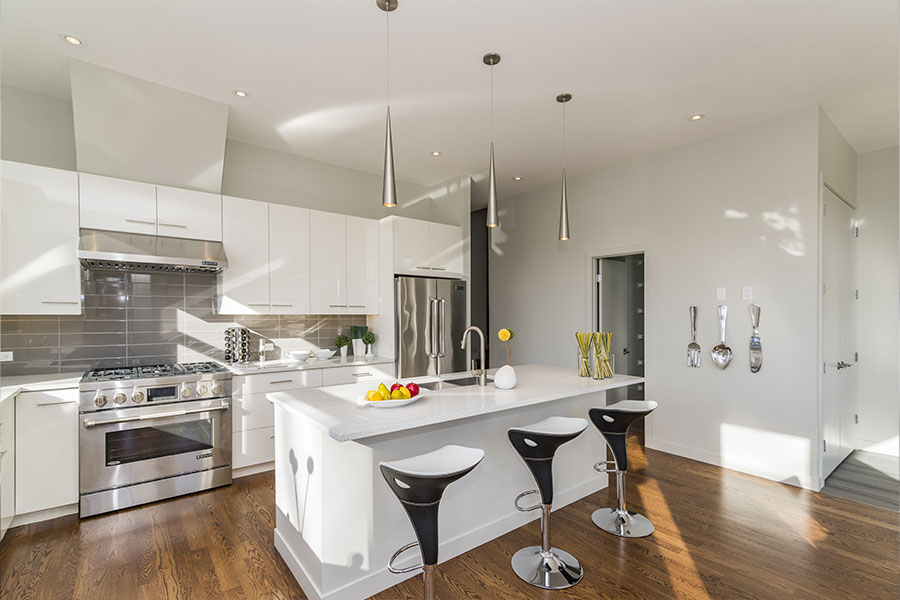
Get high-efficiency appliances
When buying appliances like dishwashers, fridges and lighting fixtures you should verify that they can save energy. If you have a refrigerator that is 20 years old, you should consider purchasing a new energy-efficient to protect the planet and save money at the same time. Heating appliances that are 90 % efficient or even more can vent with horizontal vents rather than vertical vents. The benefit of horizontal vents is that they are more versatile and a money saver in the long term.
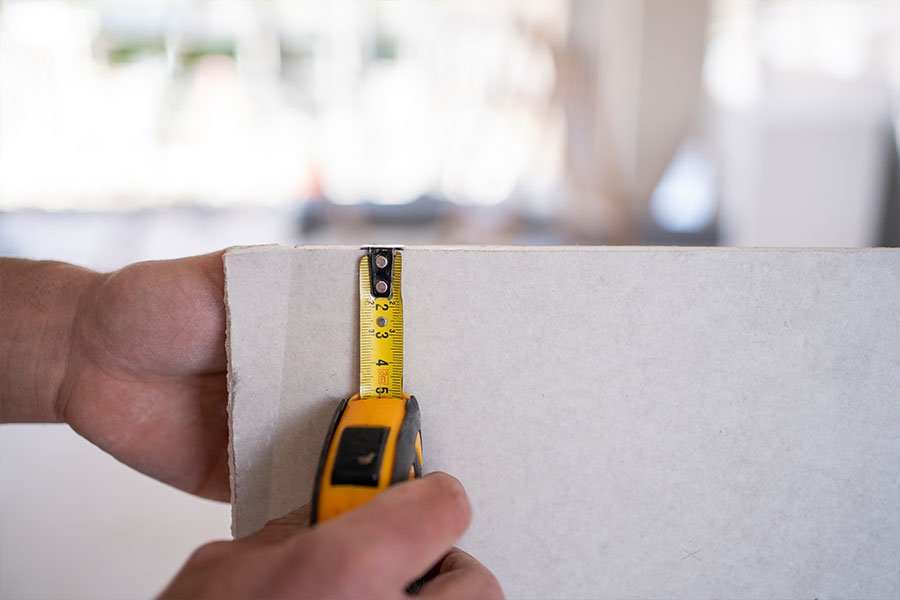
Insulate every room
To reduce the costs of heating a home in cold climates, you should fully insulate every room with formaldehyde-free fiberglass. If you wish to increase the R-value, a measurement that checks insulation effectiveness, you can substitute more expensive rigid insulation materials for foam-in products. Insulation also works in hot climates to reduce the costs that come from using air conditioning systems.

Choose long-lasting materials
Use high-quality materials that will last for a long time and that are unlikely to go out of fashion. By doing this, you will make sure that your sustainable home will last for decades. Try finding a local company that sells salvaged building materials, so those materials will go to your place instead of a landfill.
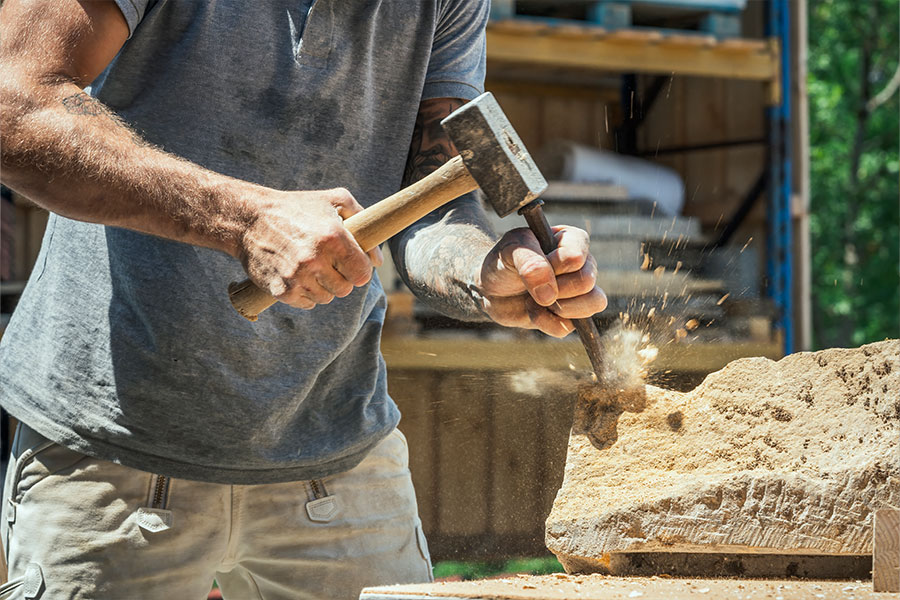
Purchase local products
Do not feel tempted to search far and wide for an exotic material you want to use in your sustainable home. Do the math before you have materials being shipped across the world for the completion of your project. There are locally produced materials that will serve the intended purpose and may be more ecological. Always think local to minimize the waste of resources, time and money.




